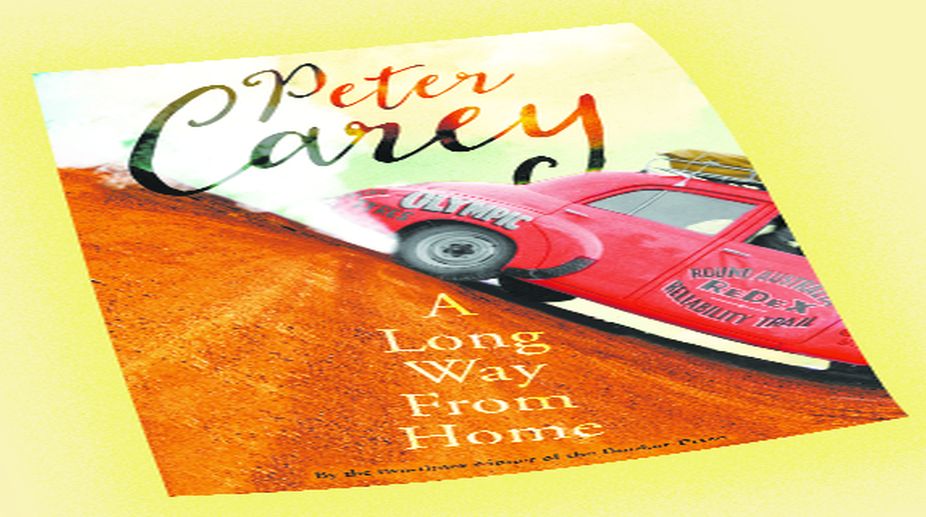Stabbing at Sydney church a ‘terrorist act’: Australian police
Australian police are treating a stabbing at a Sydney church as a terrorist attack, New South Wales Police Commissioner Karen Webb said on Tuesday.

A Long Way From Home
‘Two hundred lunatics circumnavigating the continent of Australia, more than ten thousand miles over outback roads so rough they might crack your chassis clean in half.” Little Irene Bobs isn’t at all convinced when her equally diminutive husband “Titch” proposes they enter the famous Redux Reliability Trial in an effort to garner publicity for the car dealership they want to open in Bacchus Marsh, a small town 33 miles outside Melbourne. Titch may be the best car salesman in rural South-eastern Australia, but Irene is the better driver, and he needs her. It’s “the Bobbseys” or nothing.
The twice Man Booker Prize-winning Australian novelist Peter Carey’s evocative and exciting fourteenth novel, A Long Way From Home, is set in the forward-looking, optimistic 1950s. The Bobbseys (along with their two children) hurtle into Bacchus Marsh, barging straight into Willie Bachbuber, a well-read if rather melancholic young schoolteacher with a penchant for maps and a few skeletons in his closet (some of which even he doesn’t know about). Soon they’ve completely overturned what’s left of his already precarious existence — he was recently suspended without pay for dangling a racist schoolboy out of the schoolroom window. The Bobbseys convince Willie to join them as their navigator. Irene is many brilliant things, but she’s hopeless at map reading, and in this race, with its hairpin bends, sheer drops, hidden cattlegrids and culverts, deep creeks to cross, and “talcum powder dustbowl(s),” a good map reader is the difference between success and failure, perhaps even life and death.
The Redux Trial is the lynchpin that tethers Carey’s characters and various plot lines together, and it provides some rip-roaring colour and action, harking back to the picaresque style of Carey’s earlier novels Illywhacker and Oscar and Lucinda. But the real heart of the novel is an exploration of Australia’s brutal, bloody past and the atrocities and injustices endured by its indigenous population. As the Holden races along the dusty roads, the reader ricochets between the two distinct dramas that begin to unfold. Firstly there’s the domestic one as the Bobbseys previously watertight marriage starts to show serious signs of wear and tear and we witness the “ruination of a family”. But more significantly, Willie’s story takes centre stage as he finds himself having to confront both his own past and that of the “murderous continent” he’s traversing. However good he is at reading them, his white man maps will only get him so far.
Advertisement
This isn’t Carey’s first foray into the past, but this is the first time he’s directly dealt with Aboriginal history, and A Long Way From Home is all the more powerful for it. He’s long been concerned with illegitimacy in the form of (white) confidence tricksters and outlaws (think of Illywhacker’s Herbert Badgery and True History of the Kelly Gang), but here it’s culturally appropriated falsehoods that are called into question, and “horrendous” deeds brought to light. “It was said the real Australia is beautiful,” thinks Irene at one point during the race, “but not by me.”
The Independent.
Advertisement